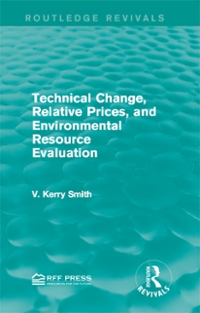9. Which of the following is a distinguishing feature of a command system? A. private ownership of all capital. B. central planning. C. heavy reliance on markets. D. wide-spread dispersion of economic power. 10. An economic system: A. requires a grouping of private markets linked to one another. B. is a particular set of institutional arrangements and a coordinating mechanism used to respond to the economizing problem. C. requires some sort of centralized authority (such as government) to coordinate economic activity. D. is a plan or scheme that allows a firm to make money at some other firm's expense. 11. Economic systems differ according to which two main characteristics? A. Who owns the factors of production, and the methods used to coordinate economic activity. B. The technology used in production, and the quantity and quality of natural resources. C. How goods are produced, and who gets them. D. The political system in place, and the degree of scarcity facing the economy. 12. The demand for a product is inelastic with respect to price if: A. consumers are largely unresponsive to a per unit price change. B. the elasticity coefficient is greater than 1. C. a drop in price is accompanied by a decrease in the quantity demanded. D. a drop in price is accompanied by an increase in the quantity demanded. 13. Suppose that as the price of Y falls from $2.00 to $1.90 the quantity of Y demanded increases from 110 to 118. Then the price elasticity of demand is: A. 4.00. B. 2.09. C. 1.37. D. 3.94. 14. A perfectly inelastic demand schedule: A. rises upward and to the right, but has a constant slope. B. can be represented by a line parallel to the vertical axis. C. cannot be shown on a two-dimensional graph. D. can be represented by a line parallel to the horizontal axis. 15. Suppose Aiyanna's Pizzeria currently faces a linear demand curve and is charging a very high price per pizza and doing very little business. Aiyanna now decides to lower pizza prices by 5 percent per week for an indefinite period of time. We can expect that each successive week: A. demand will become more price elastic. B. price elasticity of demand will not change as price is lowered. C. demand will become less price elastic. D. the elasticity of supply will increase. 16. Which of the following statements concerning the relationships between total product (TP), average product (AP), and marginal product (MP) is not correct? A. AP continues to rise so long as TP is rising. B. AP reaches a maximum before TP reaches a maximum. C. TP reaches a maximum when the MP of the variable input becomes zero







